The BMW 4 Series Convertible will move from a folding hard-top to a soft-top when the next model is introduced in 2020.
The second-generation 4 Series Convertible, codenamed G23, will join the Coupé (G22) in sharing engines with the new 3 Series, which will go on sale early next year. This means that beneath the BMW fire-breathing M4, the range-topper will be an M440i-badged M Performance model with a 360bhp 3.0-litre inline six-cylinder petrol engine, flanked by a 320bhp M440d xDrive M Performance diesel equivalent.
These will go on sale shortly after 4 Series sales begin, although the Convertible is likely to arrive shortly after the Coupé. Non-M Performance versions of the 440i will also reach production, as will 430i and 430d mid-rangers. Models badged 420 will kick off the range, in both petrol and diesel forms.
BMW's xDrive four-wheel drive system will be available from the 420i upwards, as per the current 4 Series. It’s not yet known if BMW will offer a 4 Series equivalent to the BMW 330e plug-in hybrid, but given the industry’s push to electrification and more stringent WLTP regulations in place, it’s looking increasingly likely.
Both cars will be based on the same CLAR (Cluster Architecture) platform as the 3 Series and other recent BMW models. This has resulted in weight savings of up to 50kg in the 3 Series. The new 4 Series Convertible is likely to exceed this figure over its predecessor, given its adoption of a far lighter cloth roof.
This means that the weight of the entry-level 420i coupé could dip as low as 1500kg, while the convertible will undercut the current car’s 1775kg considerably.
The new, lighter architecture will also likely improve handling, given its greater rigidity.
As per the new 3 Series, the 4 Series is unlikely to get the four-wheel steering system used on the new 5 Series, but BMW is making effort to improve chassis tuning and ride comfort.
Read more:
It's time to retract the folding hard-top
New 2019 BMW 3 Series previewed ahead of official reveal
New Cars 2018: What's coming soon?
New WLTP emissions test: when it's in force and how it could affect your car

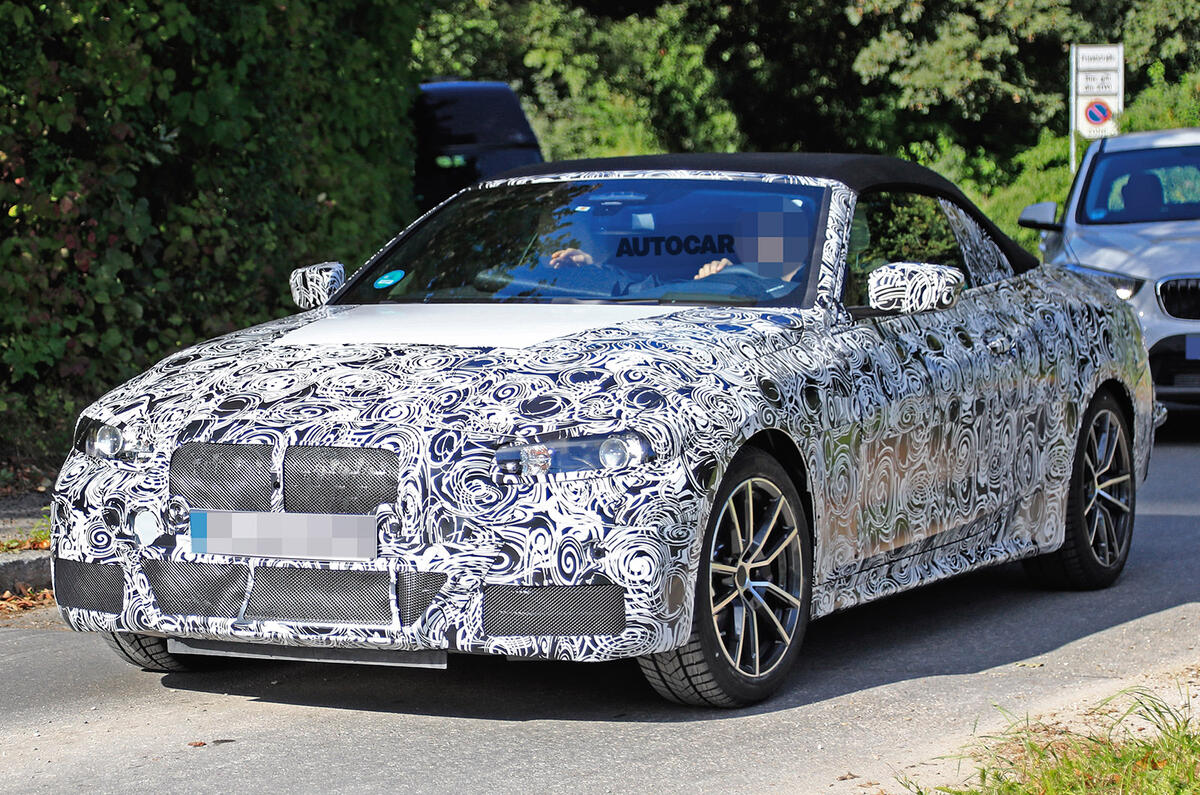
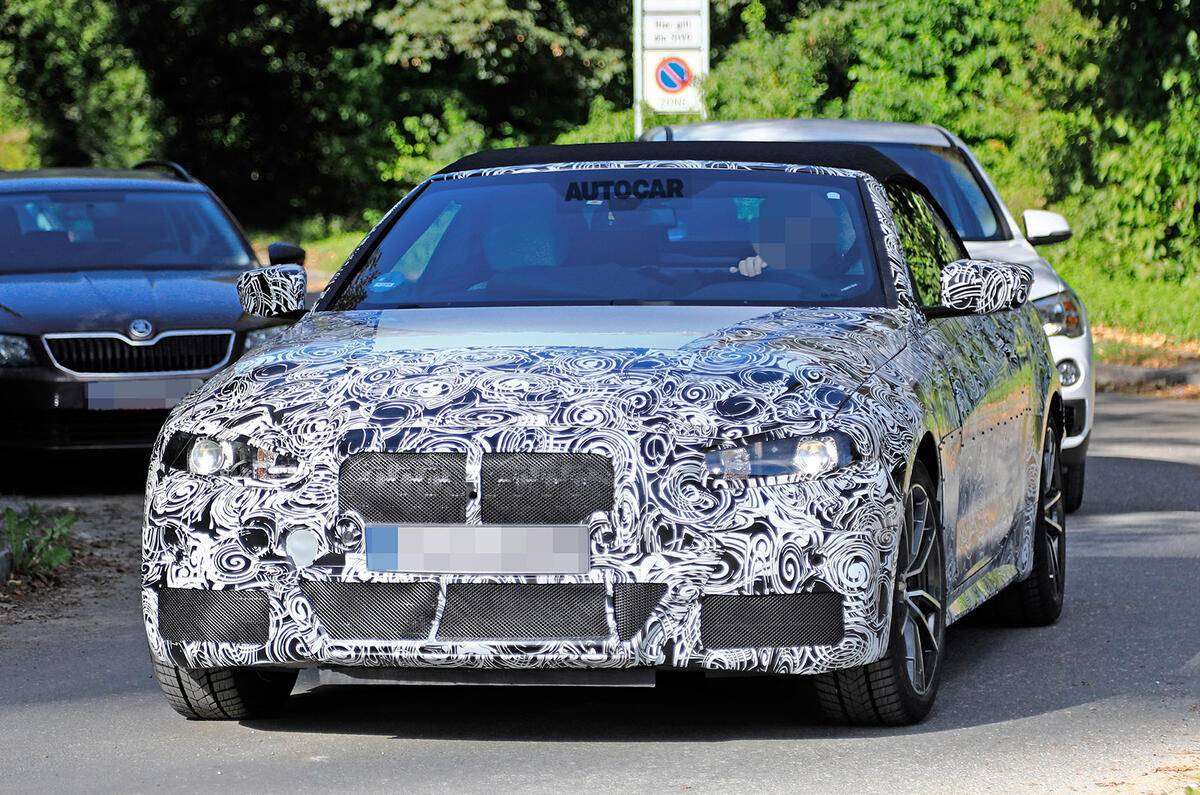
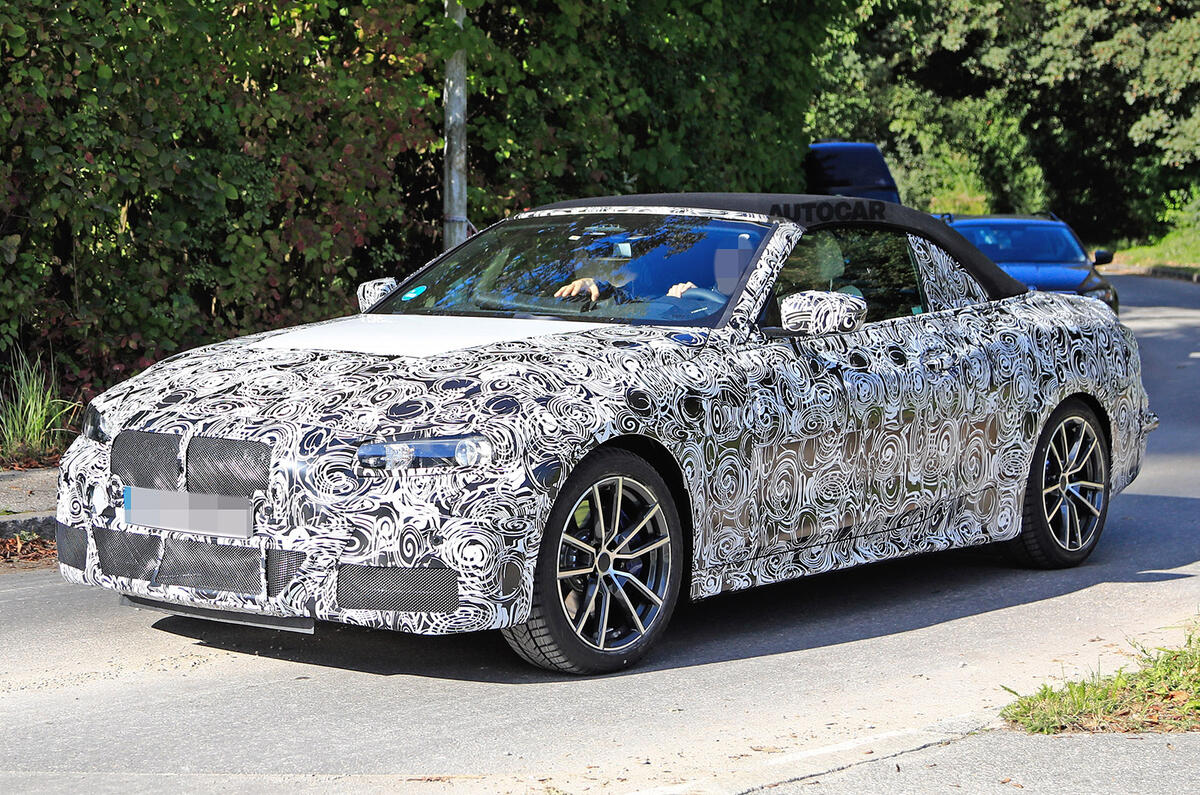
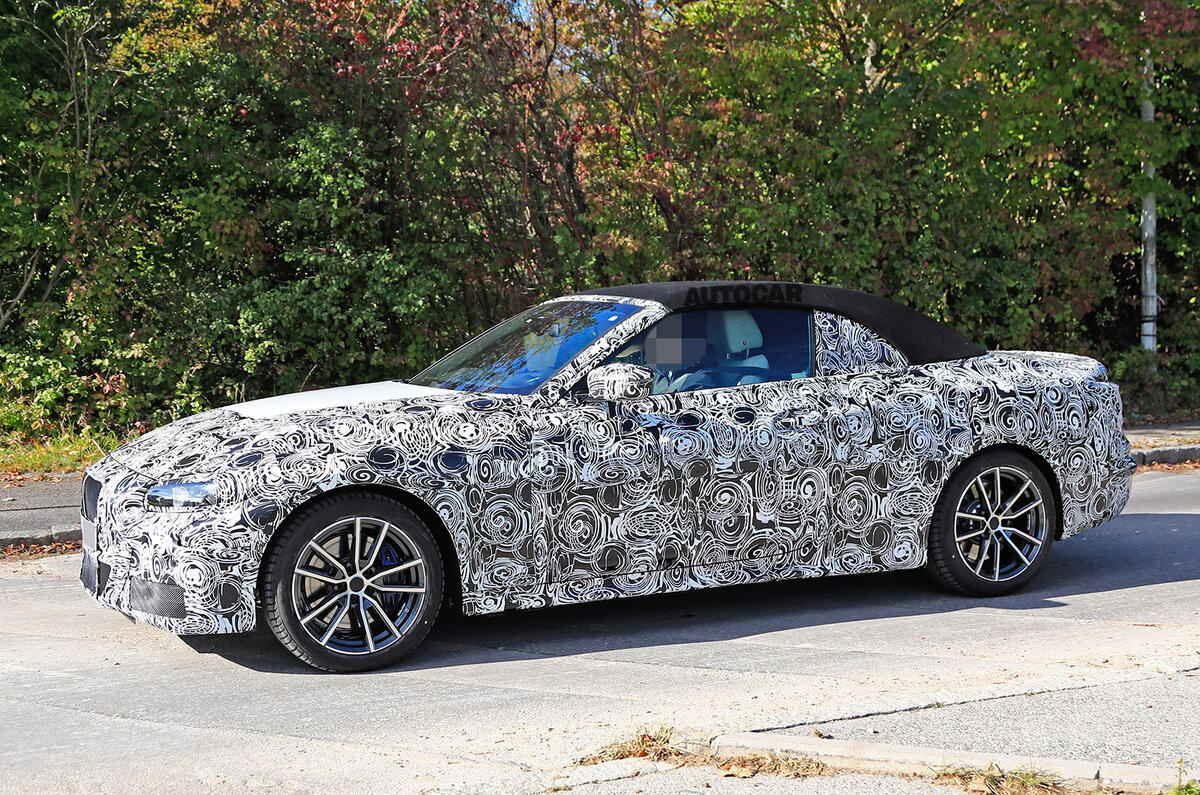
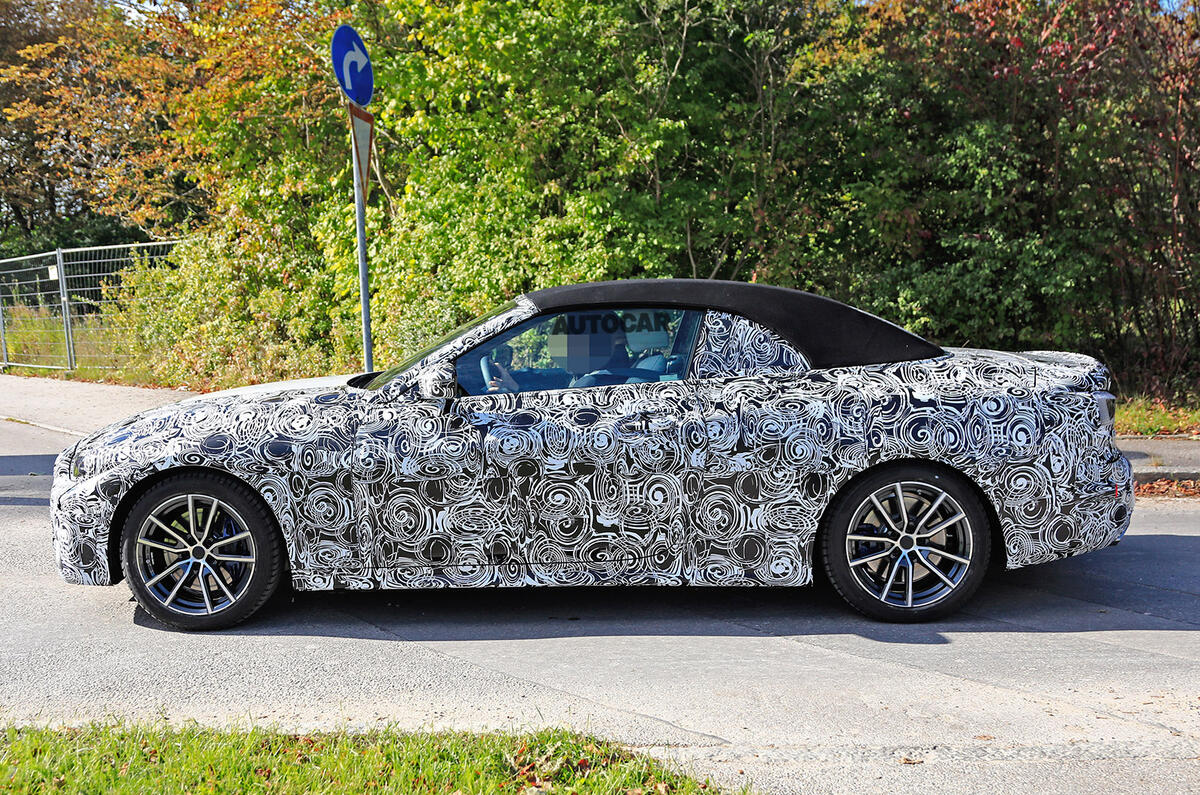
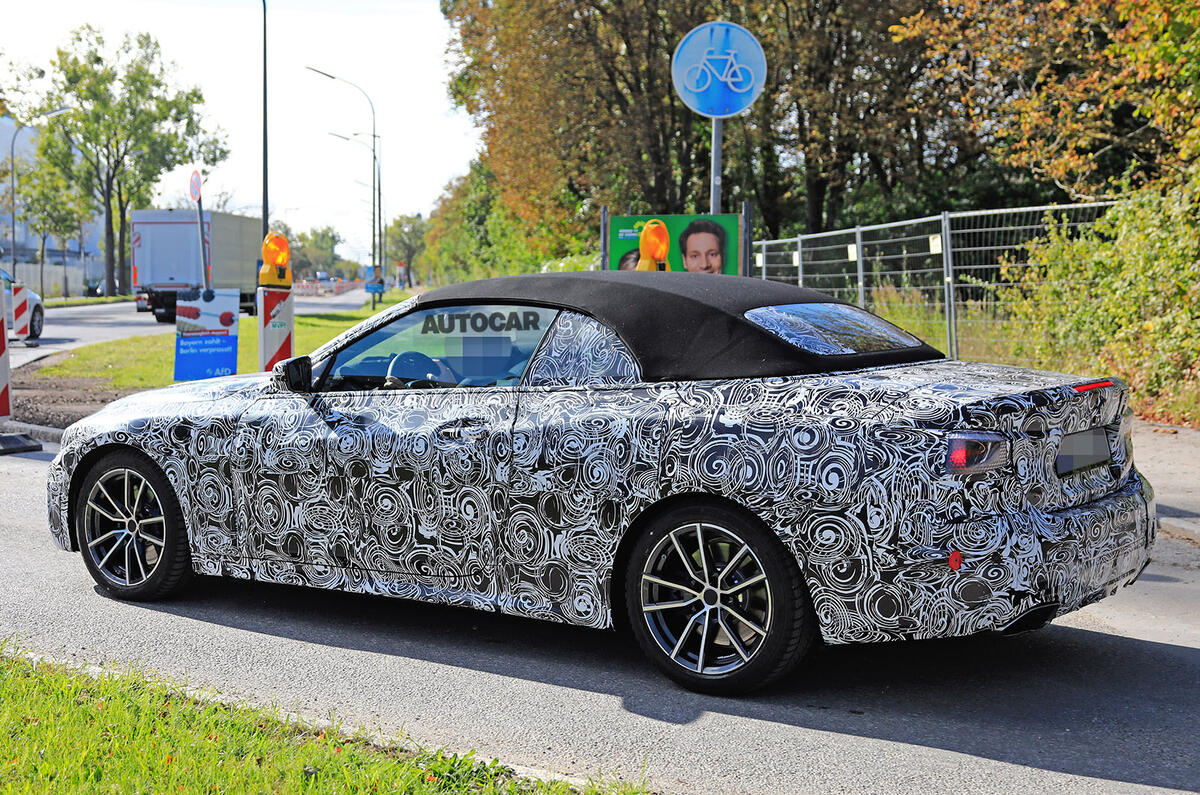
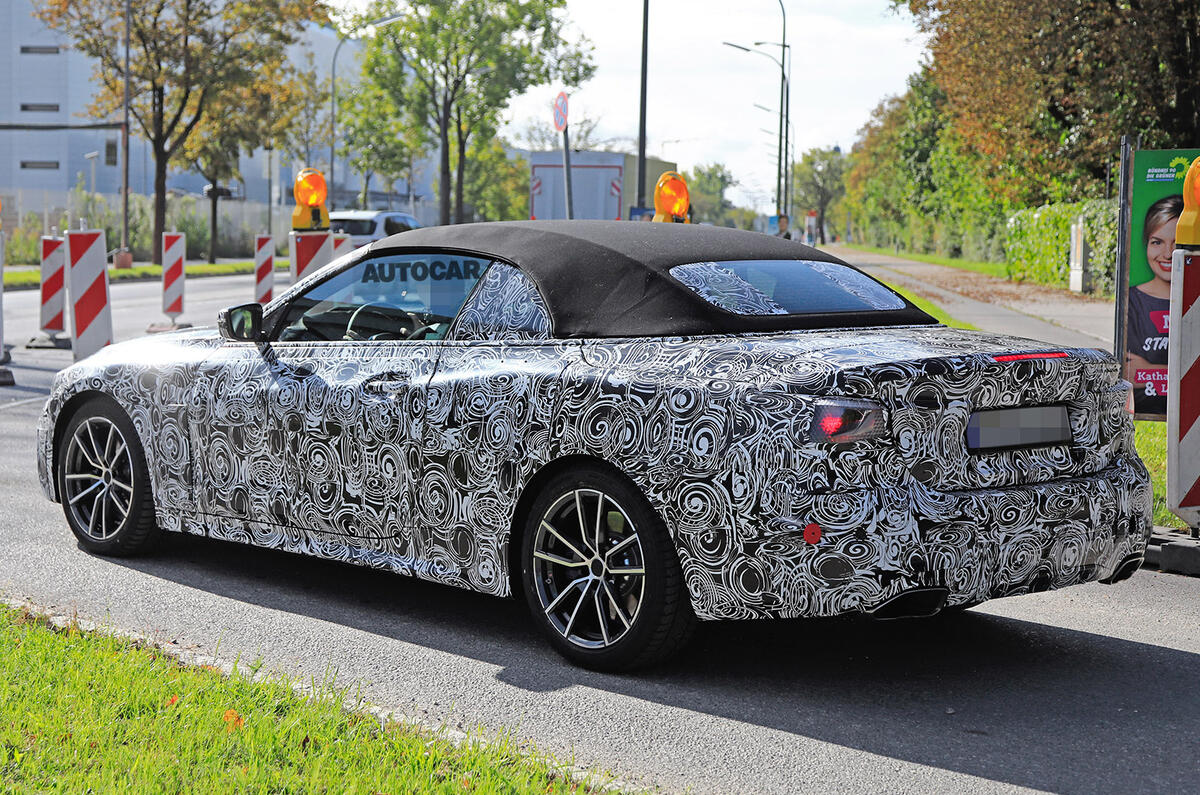
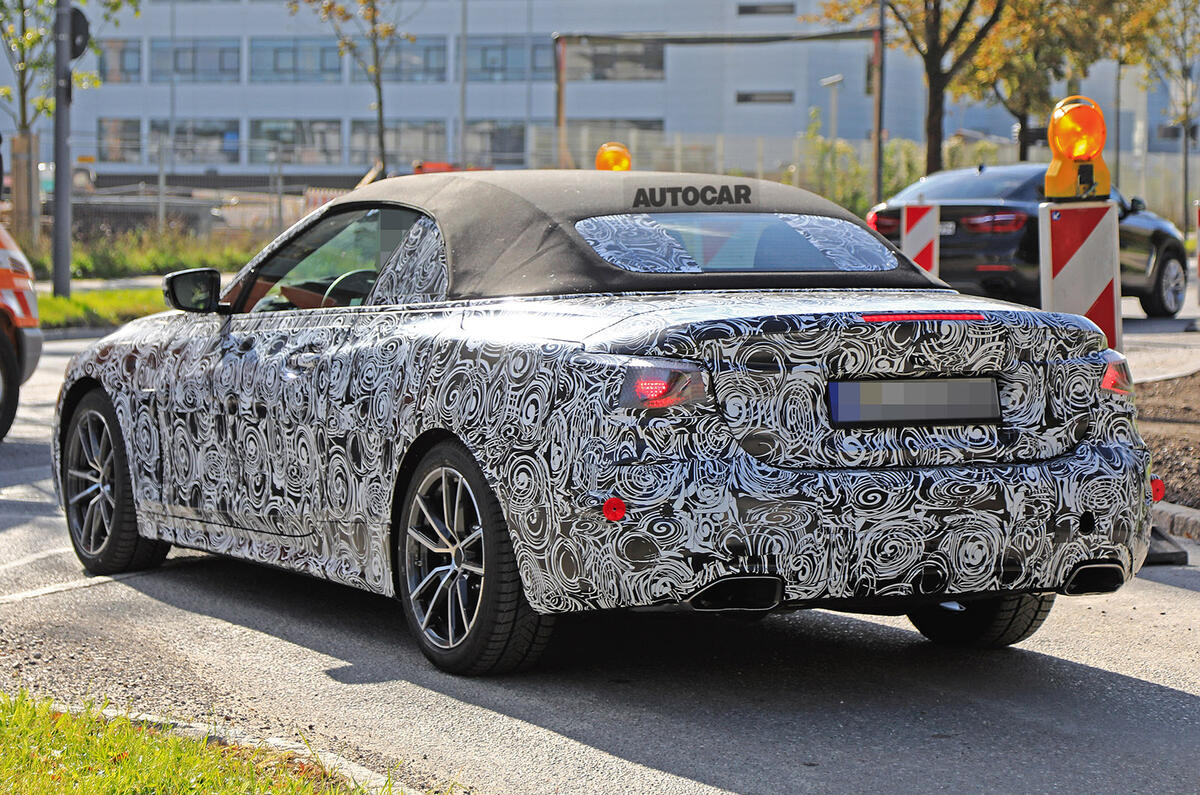
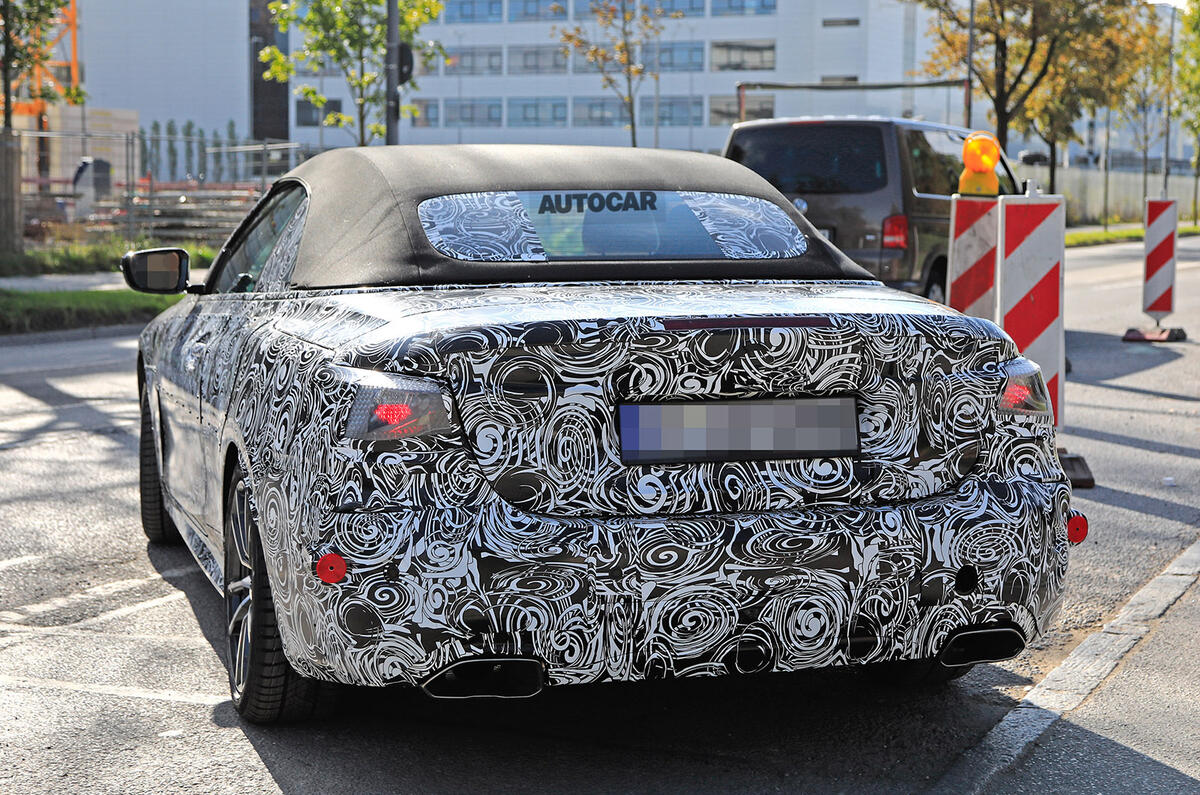

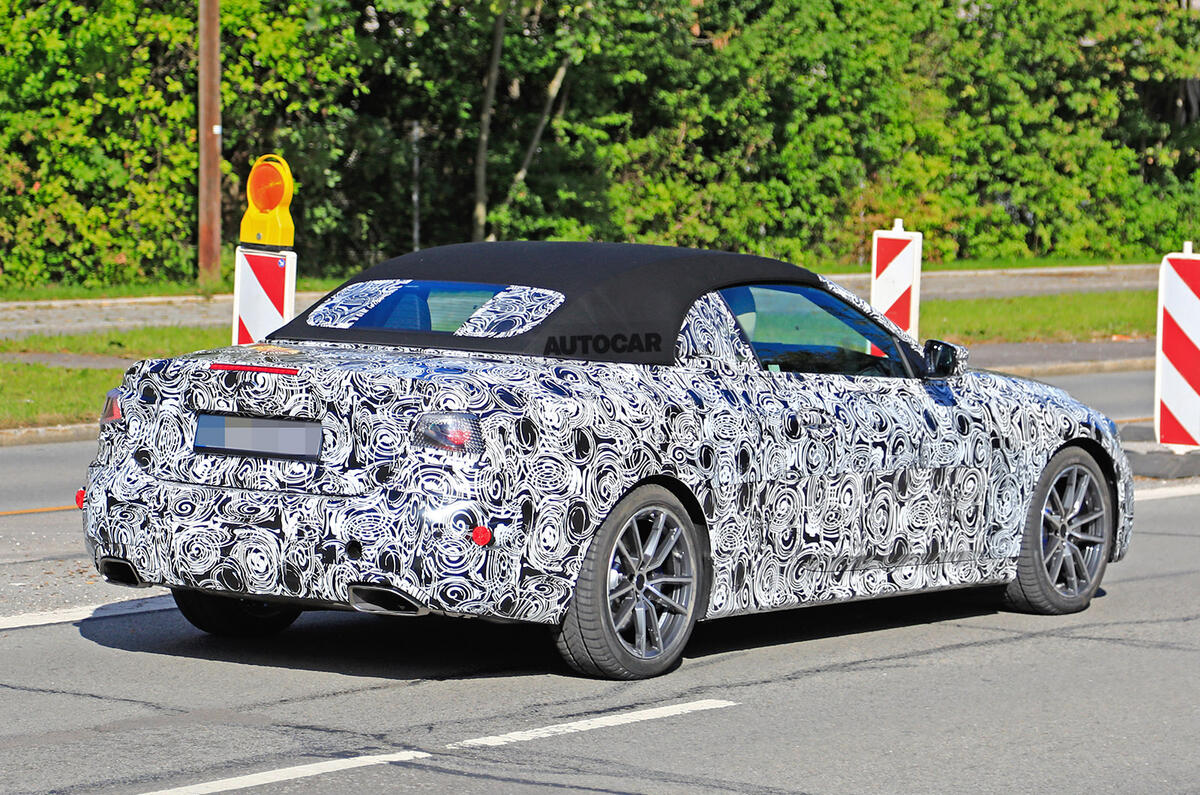


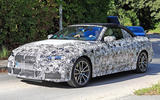
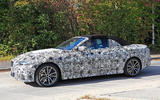
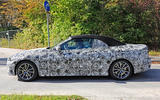
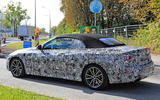
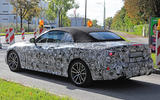

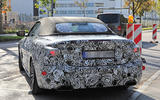
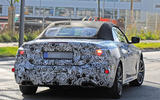
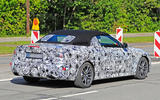



Join the debate
Add your comment
Pity there wont be an M350d
Pity there wont be an M350d Xdrive.
Good riddance
The only folding metal roof that looked aesthetically pleasing was the original R170 generation SLK. Subsequent SLK models had awkward looking black fillets either side of the rear window, presumably to allow the folded roof to take up less boot space, a practical problem in the original model.
Most of four-seater folding metal roof cars had huge backsides, to accommodate the folded roof, and very deep windscreens with the top rail almost directly above the front seat occupants, who often got cooked by the sun.
Daniel Joseph wrote:
No, the Eos and 3 series convertible looked good too, but a lot looked fat a*sed and short roofed.
Folding hardtops were a great idea, pity most looked stupid, quite why they cant use plastics or carbon fibre instead of metal to keep weight down I dont know - boh would be much better than fabric.
@typos1
Actually, fair point. The BMW (and Volvo C70) avoided the usual asthetic and packaging problems by going to the trouble of making the roof section in two parts and the Eos is the best (well, least worst) proportioned of the other four-seaters. Interesting how they've fallen out of fashion, despite their security advantages over fabric convertibles.
Fabric roofs have improved considerably in terms of noise insulation and durability. My Boxster is perfectly acceptable at motorway speeds and the fabric roof on my previous Boxster is still perfect after twelve years' use. Both cars have always been garaged when not in use which is, I'm sure, key to their longevity.
Surprising that no manufacturer appears to have pursued your idea of using alternative materials for convertible roofs.
The norm now......
Most Car makers are ditching folding metal Roofs now, less weight, easier to fix a Fabric Roof(?)